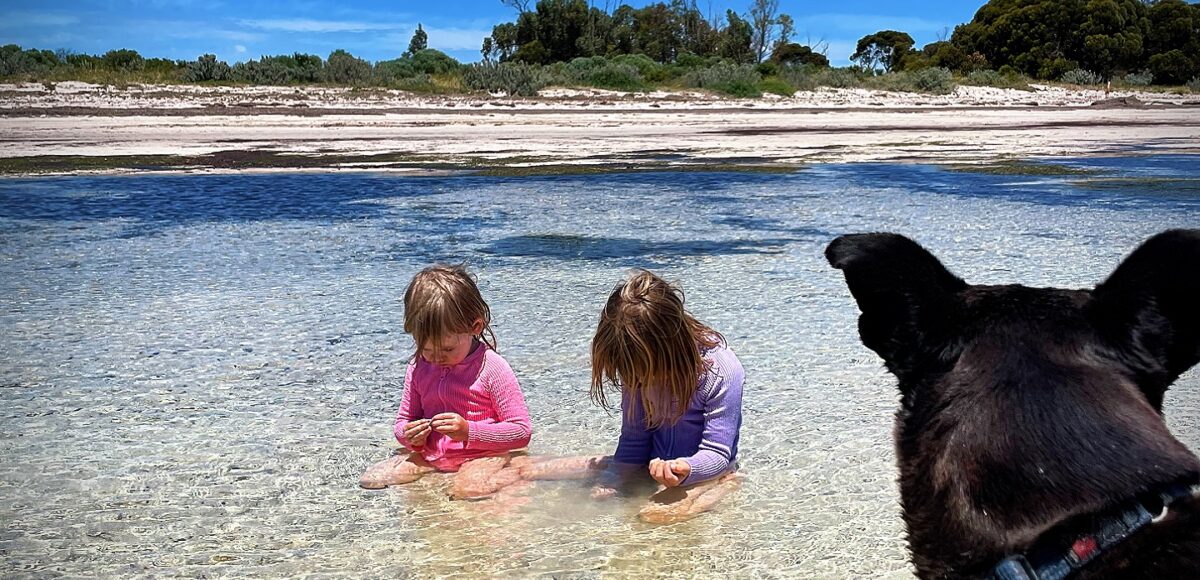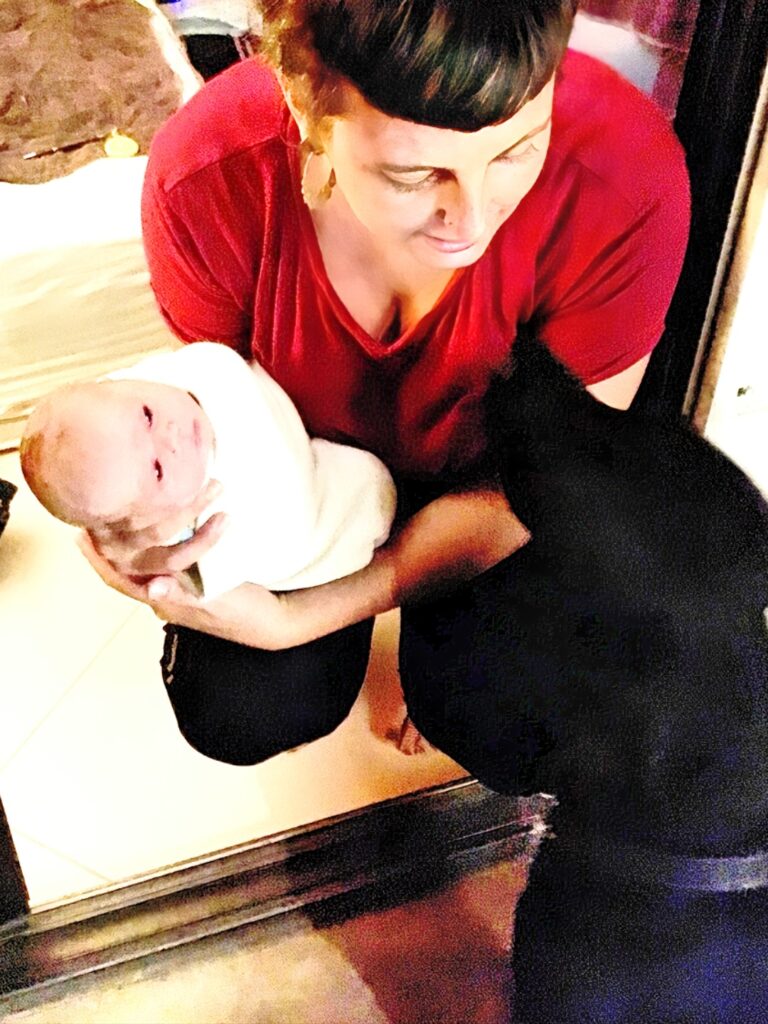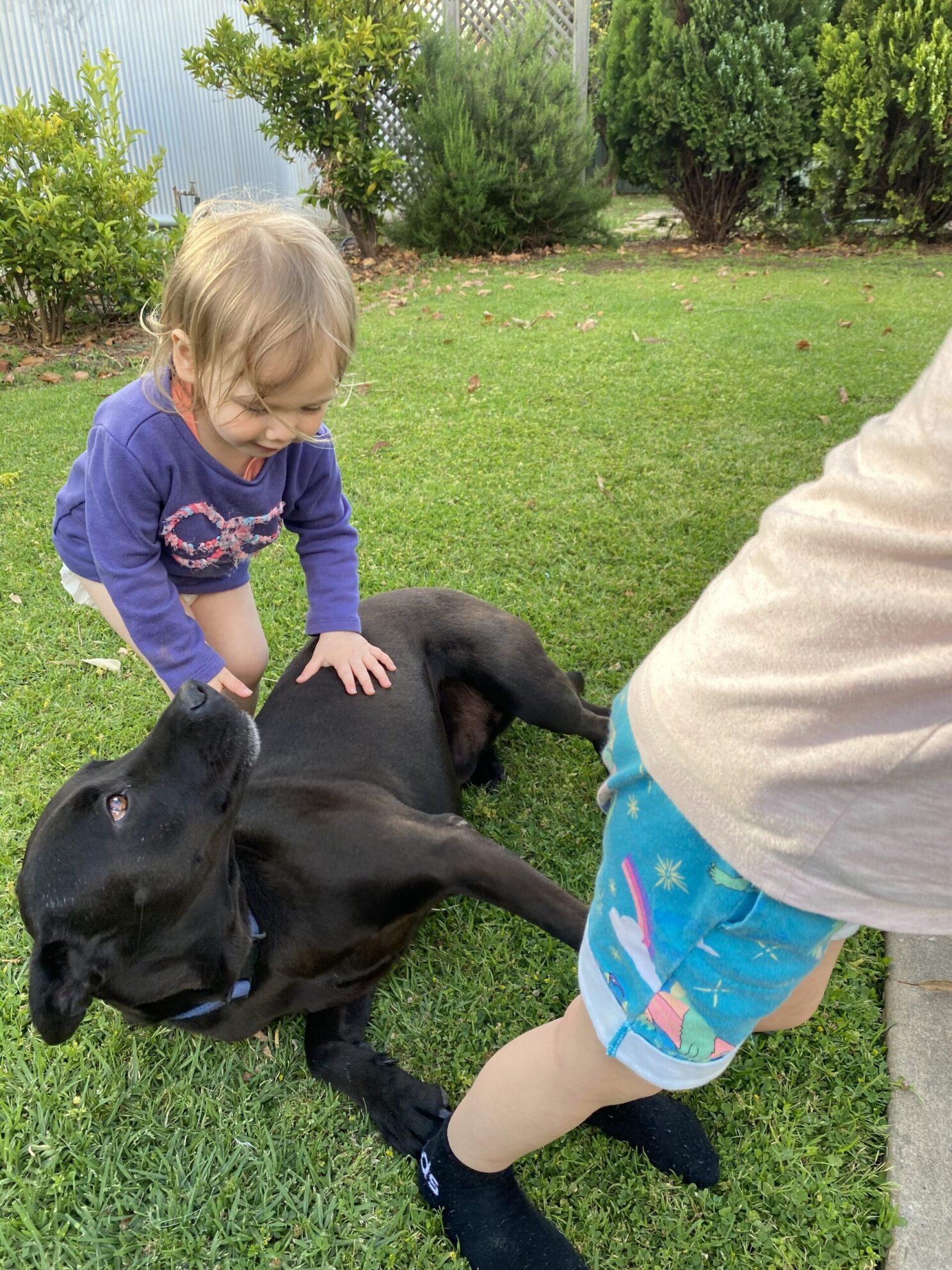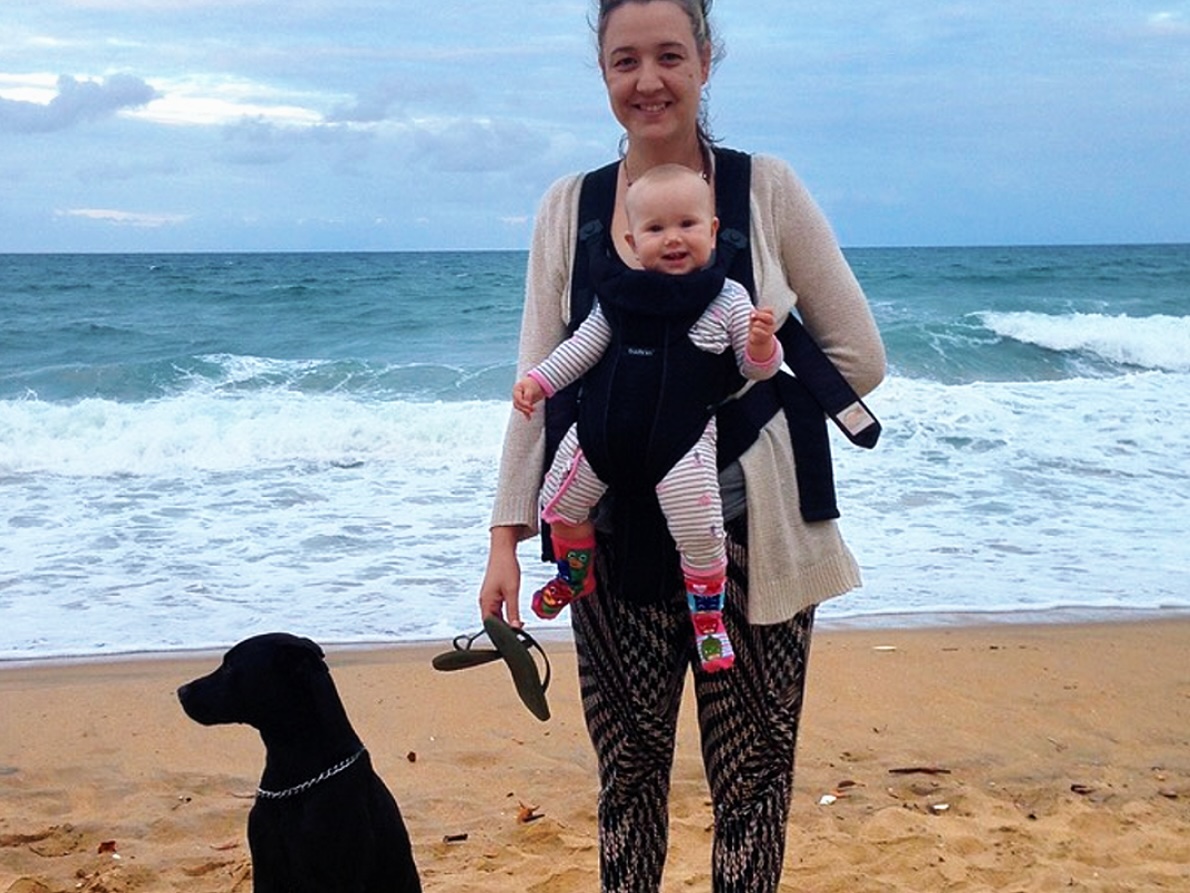
Dogs and Babies: How to Prepare Your Dog for Life with a New Baby
Bringing home a new baby is one of the most exciting moments for any family. If you’re a dog owner, though, you’re probably wondering how to help your furry friend adjust to this big change. A positive relationship between dogs and babies is possible with the right preparation and gradual introductions. Here’s a step-by-step guide to setting the foundation for a loving, safe bond between your dog and new baby.
Preparing Your Dog for a New Baby
1. Start Training Your Dog Early
A baby’s arrival can disrupt routines, so the sooner you begin preparing your dog, the easier the transition will be. Essential obedience commands like “sit,” “stay,” “leave it,” “down” and “place” are vital when it comes to ensuring safe interactions between dogs and babies. Reinforcing these commands now will make managing situations easier once the baby is home.
- Reinforce Calm Behaviour: Start rewarding calm behaviour around you. This can help when your dog inevitably encounters new sounds and activity with the baby around.
- Desensitize to Touch: Babies can unintentionally be rough, so help your dog become comfortable with gentle handling of their ears, paws, and tail to reduce any potential reactions later on.
A lot of a dog’s temperament in relation to confidence and fear-based behaviours are formed and set during the puppies critical periods of development. This also applies to their sensitivity to touch. For more information on puppy development, see our guide to puppy training, and our puppy training services
If you think your dog’s behaviour needs attention or you are going to change some rules to suit a new baby, it’s important to make these changes well before the baby arrives. This avoids the dog relating the changes to the arrival of the baby.
For your dog’s toys and chewable items, start storing them away if you haven’t already. Only bring them out to give directly to your dog, rather than letting them find toys on their own around the house. This helps reinforce the idea that they should only pick up items you provide. Since baby and kids’ toys often look like dog toys, this practice can prevent confusion.
2. Adjust Your Dog’s Routine Gradually
With a new baby, you may need to make some adjustments to your dog’s routine. If feeding, walking, or playtimes will change, start implementing these changes a few weeks before the baby arrives. If you want to walk with your baby and dog using a pram, start practicing in advance and teach the dog to walk calmly next to you as you push the pram.
If your feel your dog is emotionally needy, or suffers anxiety and you don’t have the skills to manage or modify this behaviour, contact a good dog trainer to assist you with the behaviours. These types of behaviours can make the training and routine adjustments more complex.
3. Set Up Boundaries in the Home
Establishing clear boundaries in certain areas of your home can help manage the interactions between dogs and babies. If you plan to create a “baby-only” area or room, start teaching your dog not to enter those areas unless invited. It is easier to start with a clearly defined room before teaching an area in an open plan house.
Introducing Your Baby: First Impressions Matter
1. Make a Calm Introduction
When your dog first meets your baby, keep the introduction calm and controlled. Allow your dog to sniff a blanket or item of clothing that the baby has used, and then let them observe the baby from a comfortable distance. Reward calm behaviour, giving your dog reassurance as they adjust to the baby’s presence.

Image courtesy of Birthmother
2. Supervise All Interactions
Until your baby is older, every interaction between dogs and babies should be supervised closely. Even the gentlest dogs may react unpredictably to sudden noises or movements. Maintaining direct supervision keeps both the dog and baby safe, allowing them to get used to each other in a secure setting. Often it is the baby/kids that are more unpredictable so ensure the dog has a safe space in situations where you can’t closely supervise.

3. Keep Routines Consistent
Amidst the demands of caring for a newborn, try to keep your dog’s routine as consistent as possible. Regular feeding, playtime, and walks will reassure your dog that they’re still an important part of the family.
Helping Dogs and Babies Build a Bond
Creating a healthy bond between dogs and babies takes time, and it’s essential to approach it gradually. Here are some ways to nurture that connection:
- Create Positive Associations: Whenever your dog is calm around the baby, reward them with treats and praise. Positive reinforcement helps your dog associate the baby with good experiences, reducing any anxiety or jealousy they might feel.
- Teach Children Boundaries Early: As your child grows, teaching them gentle and respectful boundaries with the family dog is essential. This includes being gentle with the dog’s ears, tail, and face, and giving the dog space when they’re eating or resting.
- Dedicate Individual Attention to Your Dog: With the arrival of a new baby, it’s easy for your dog to feel left out. Carve out special one-on-one time for activities like walks, play sessions, or just cuddling. This strengthens your bond with your dog and reassures them of their place in the family.
When to Seek Professional Help
Some dogs may need extra help adjusting to the presence of a new baby. If you notice signs of stress, aggression, or anxiety, consider consulting a professional dog trainer or behaviourist. They can provide tailored advice and strategies to help ease the transition for both dogs and babies.
The Long-Term Benefits of Positive Interactions Between Dogs and Babies
Investing time and effort into introducing dogs and babies early on pays off as they grow together. The relationship between dogs and children can be incredibly rewarding, filled with companionship, loyalty, and mutual love. Setting a foundation of respect, boundaries, and positive interactions ensures a lifelong bond that benefits both your child and your dog.

In Summary: Preparing Dogs for Life with a Baby
Bringing a new baby into a home with a dog is a big step, but with thoughtful preparation, patience, and support, it can be a beautiful experience. By following these guidelines, you’ll help your dog and baby build a loving, safe relationship from day one.
If you’re preparing to introduce a new baby to your dog and need advice, or if you’d like more tips on creating a harmonious environment for dogs and babies, reach out to us at Direct K9 Services for guidance. The right support can make all the difference in fostering a safe, happy bond that will enrich your family’s life for years to come.

*Direct K9 Services PTY LTD may receive a commission from this service.


